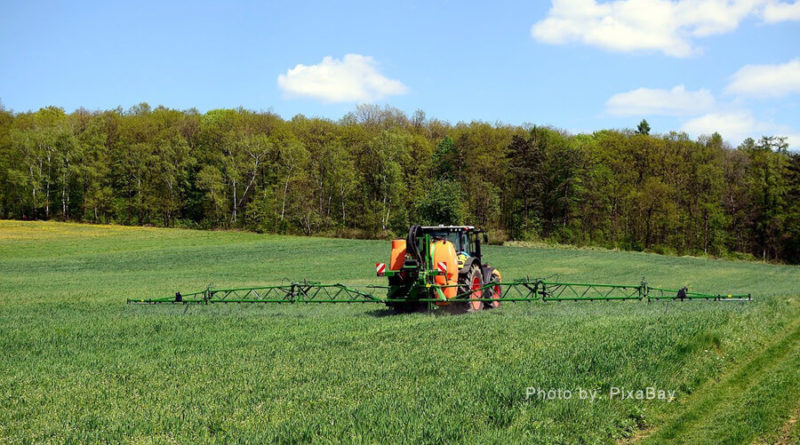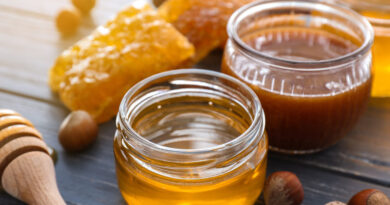How to properly spray cereals?
How to properly spray cereals? What is the purpose of doing this at all?
What are we spraying crops against?
Modern technologies and cereal spraying
When and how best to spray?
How to properly spray cereals? What is the purpose of doing this at all?
It is difficult to imagine modern agriculture without the use of various types of grain sprays. The main purpose of implementing this modern technology is to improve the quality of crops and increase their resistance to pests or fungi. The reasons we spray crops ultimately contribute to higher crop yields and overall plant health. How to properly spray cereals? Let’s get down to the details.
What are we spraying crops against?
There are many reasons why we spray crops today. Here are some of them:
- we spray against monocotyledonous and dicotyledonous weeds, using herbicides and fungicides. The most common dicotyledonous weeds that we fight in the fields of crops are poppies, cornflowers, clingy weeds, and violets. Monocotyledonous weeds are grain broom or foxtail;
- against pests such as, for example, aphids, grain aphids, tortoises, etc. Currently, we have a whole range of plant protection products on the market in the insecticide category. Their producers fight for market position by promoting their products;
- preventing fungal diseases such as: powdery mildew, septoria blight of leaves and chaff as well as furiosis of ears or brown spot of leaves (famous DTR). For this we use agents called fungicides of different subtypes;
- If we want to strengthen and nourish our crops by foliar, we use solutions with various elements, for example: molybdenum, zinc or manganese;
It is worth noting that winter cereals are more often exposed to fungal diseases, hence the greater need for spraying with fungicides even several times. In addition, the leaves of cereals are attacked by the cherry-peach aphid, while the ears are attacked by the corn aphid. This example shows how broad and complex the process of spraying cereals is and how extensive knowledge a farmer must have in order to choose the right plant protection product. The right decisions affect the efficiency of cereal crops.
Modern technologies and cereal spraying
Cereal spraying was done differently thirty years ago than it is now. It used to be an extremely risky activity. As a result of the gradual modernization of agriculture, today the discussed process takes place in possibly safe conditions, and modern technology also allows the spraying operation to be precise and extremely efficient. Modern sprayers are equipped by manufacturers with monitoring of performed activities, as well as with hydraulically lifted beams that regulate the appropriate distance from the protected plants. In addition, modern sprayers have devices that facilitate the preparation of the solution and rinsing the packaging after the agents. Clean water tanks are installed for this purpose. Thanks to the above-described facilities, we can count on savings, efficiency, efficiency and safety of spraying.
When and how best to spray?
If we want the spraying to be carried out professionally and with due care for health, remember the following tips:
- We spray only when we are healthy and when we are not accompanied by any infection.
- Let’s not avoid using protective clothing, glasses, masks or gloves.
- Let’s spray in almost windless weather.
- If possible, let’s spray at a safe distance from nature reserves, allotment gardens or herbal crops.
- It is also important to remember to turn off the sprayer pump and spray nozzles when the machine is stopped. Then there will be no release of excess solution in one place, which will not destroy the crop!
- Let’s refrain from eating or drinking drinks within a radius of 50 meters from the activities performed and during breaks let’s not neglect hygiene procedures (washing hands, face and eyes).




